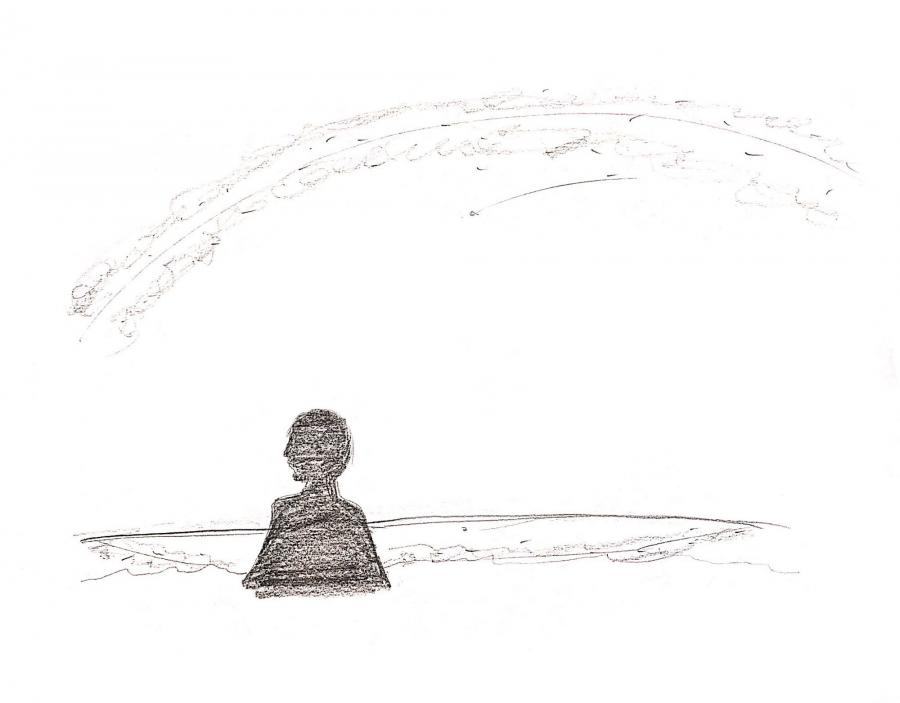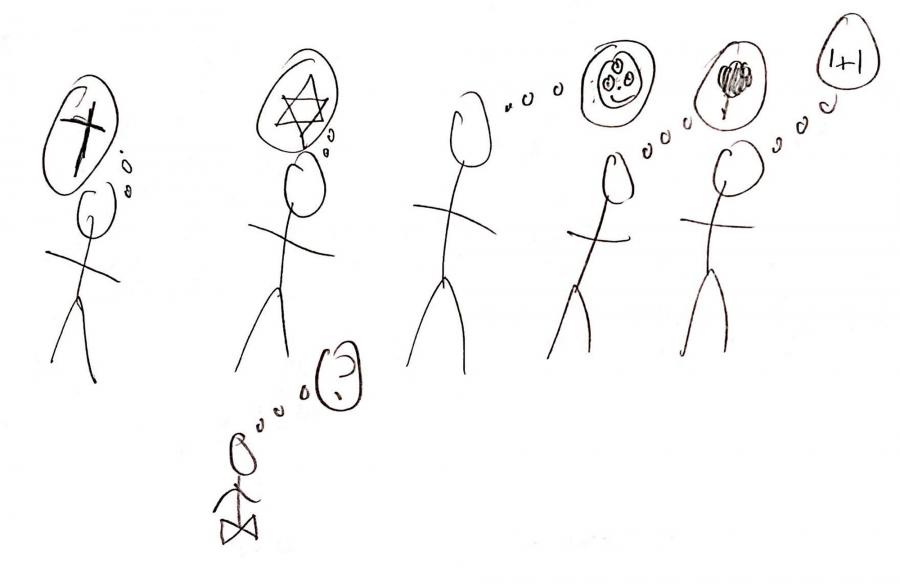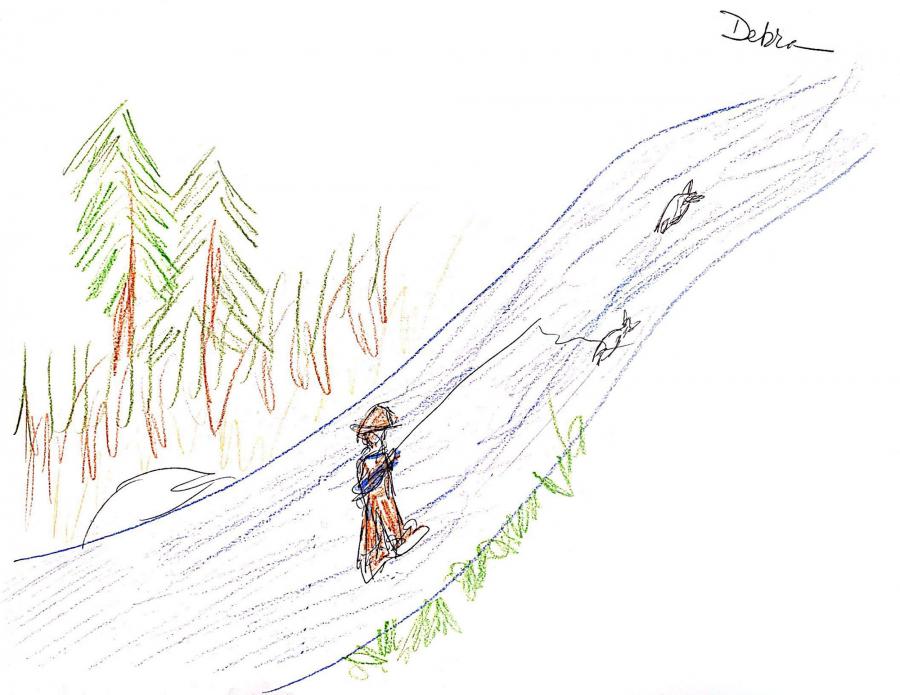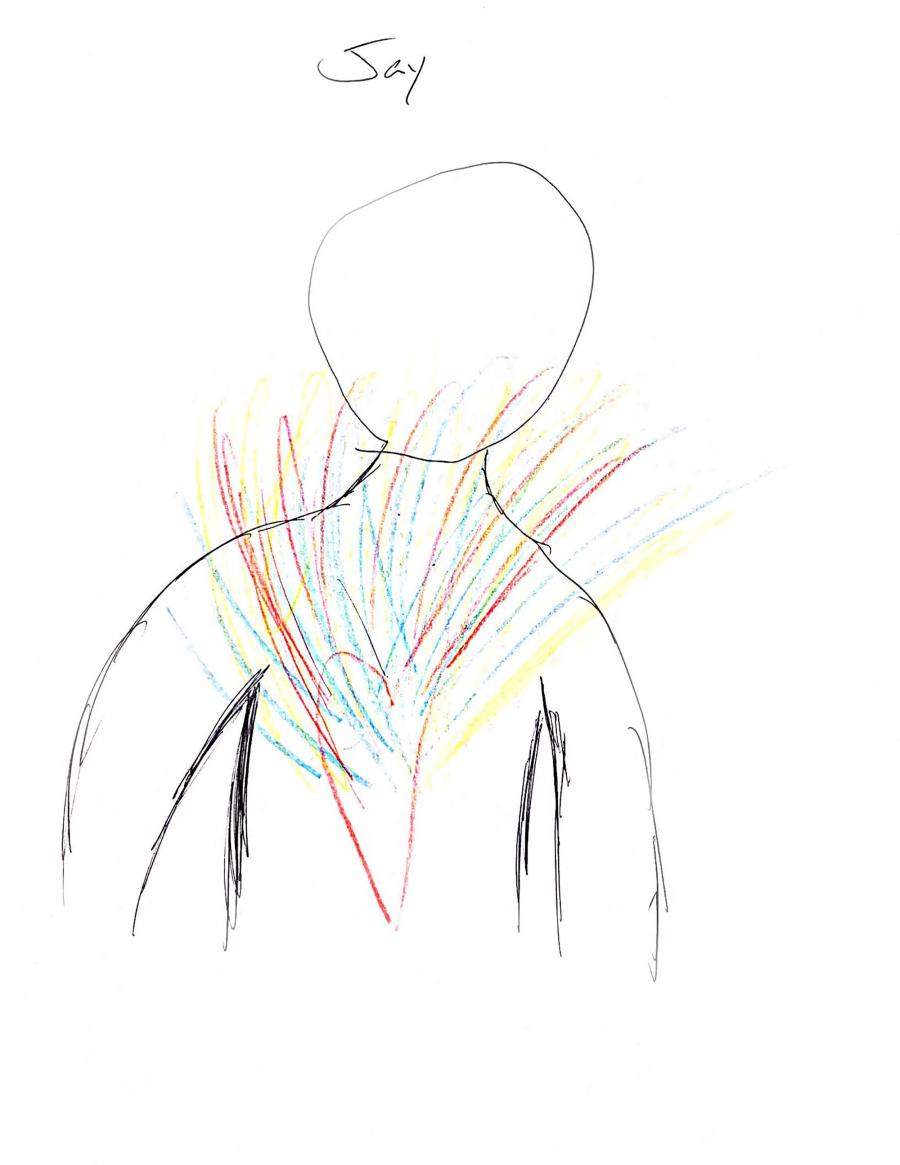Seven in ten survey respondents said that spirituality is important in their lives. But what, exactly, are people thinking about when they answer questions about spirituality?
In the 16 focus groups, the first question participants were asked was to draw what they thought of when they heard the word “spirituality.” In the survey, the first question asked what first comes to mind when pondering the word “spirituality.”
Participants’ written and visual descriptions revealed spirituality as a complex, diverse, and nuanced phenomenon.
Drawings of what spirituality meant to people elicited a wide range of themes and ideas, from various physical places, experiences, practices, emotions, or people, to symbols such as hearts, arrows, or spirals.

“To me, it’s about connecting with source, and what I call source, God, and it’s a desire to connect with that source at all times, through everyone.”

“Understanding what’s out there, represented by the Milky Way, and what’s in here, represented by not just the silhouette of the person, but the reflection ... the more you look outward, the more you understand inward.”

“Some [people] are following Christianity, Judaism. … I drew a tree, because some people believe in Gaia; I drew 1+1 because some people are more logical. Then I drew somebody cross-legged with a question mark, because they’re all trying to explain things that they don’t know how to explain.”

“Spirituality for me is Allah … the green is God the merciful, and then brown is the graceful, the purple is God forgiving.”

“Fly fishing … is my spiritual place.”

“When you get that feeling of peace or something greater than yourself, you get that aura around you, a sort of peace.”
Written top-of-mind thoughts about spirituality tended to reflect a more tradition-centric view of spirituality than drawings.
When asked to share top-of-mind thoughts about spirituality in the survey, respondents commonly included descriptions of a relationship with God or Jesus, reference to religion in general, or a belief in a higher power. In contrast to focus group drawings, written survey responses were more likely to include comparisons or contrasts with religion.